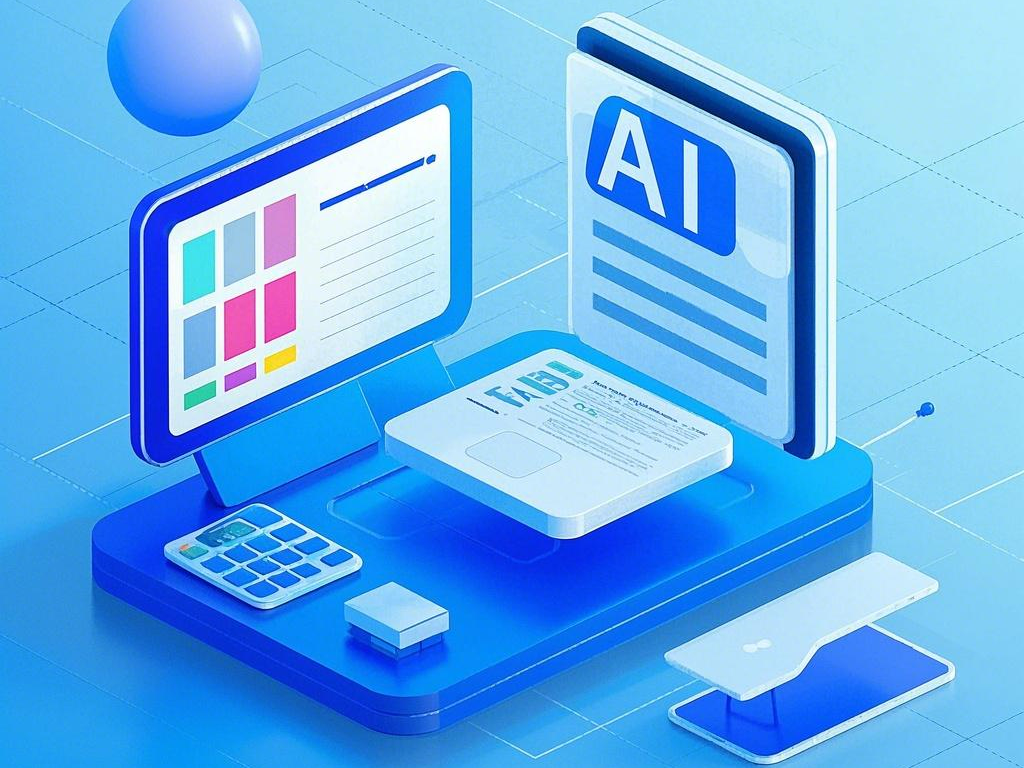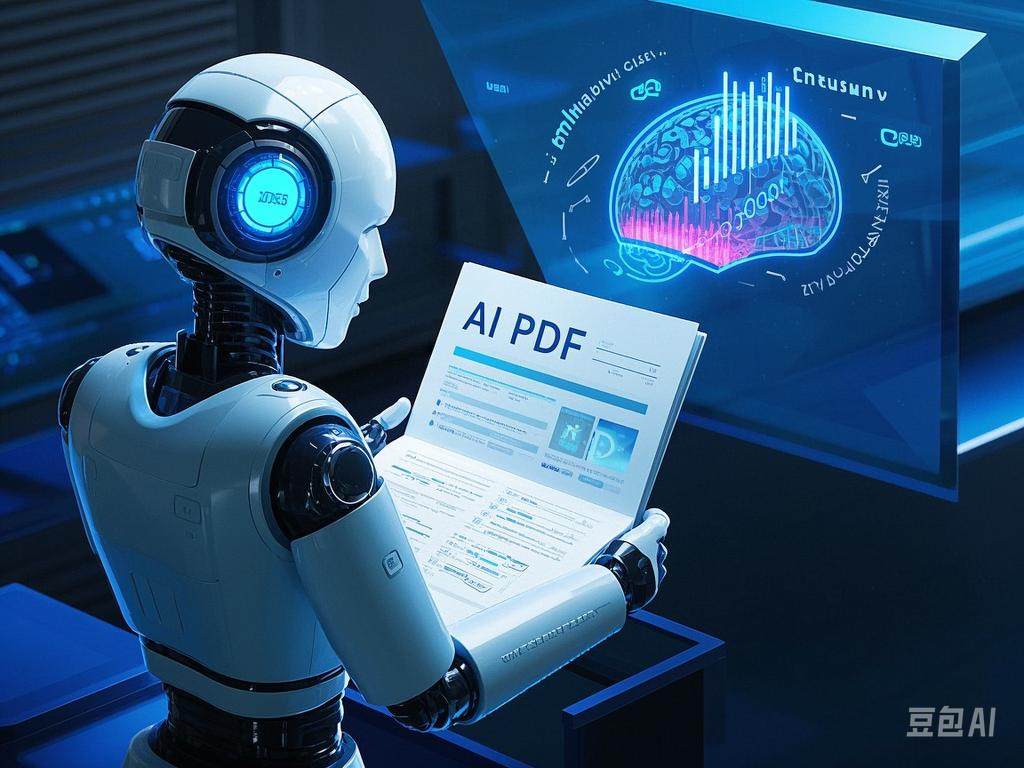
AI is making legal writing faster and more efficient. It helps with research and drafting while keeping quality high. Tools like Bloomberg AI for Legal Writing to speed up tasks like making first drafts and checking documents. AI can also create contracts, leases, and wills, and do deep legal research.
But AI can’t replace the skills and thinking that lawyers bring to the table. It can quickly go through a lot of data. This leads to better efficiency and new insights by finding patterns and connections we can’t see. Still, it’s important to check AI’s work carefully to make sure it’s right and ethical.
This article explores common types of legal drafting and writing, the challenges of manual legal writing, how AI can assist, and how iWeaver AI can be particularly beneficial in this context. We’ll also provide some tips for different types of legal writing.
重要なポイント
- AI speeds up legal document drafting and research.
- Legal AI tools improve efficiency without lowering quality.
- AI is used to make various legal documents, like contracts and wills.
- AI can find patterns and insights we can’t see.
- Even with automation, it’s key to review AI-generated work carefully.
Types of Legal Drafting and Writing
Legal drafting and writing encompass various types of documents, each serving a unique purpose in the legal field. Some common types include:
- Contracts and Agreements: These are legally binding documents that outline the terms and conditions agreed upon by the parties involved.
- Pleadings: Documents filed with a court that state the parties’ positions, such as complaints, answers, and motions.
- Briefs: Written arguments presented to a court, detailing the legal reasons why one party should prevail over the other.
- Memoranda: Internal documents that provide legal analysis or advice on a particular issue.
- Wills and Trusts: Legal documents that outline the distribution of an individual’s estate after their death.
- Legislation: Drafting laws and regulations requires precision and a deep understanding of legal principles.
Legal drafting and writing are key parts of legal work. They cover many types of documents needed for court cases and everyday legal tasks. Knowing these types can make legal work more efficient and accurate.

Contracts and Agreements
Contracts and agreements are crucial for legal deals. AI for Legal Writing helps by offering suggestions for clauses, aiding in talks, and making first drafts. Yet, it’s important to have humans check the work to make sure the language is right.
Legal Briefs and Case Summaries
Legal briefs and summaries get a big boost from AI tools. AI can turn complex info into clear stories. This makes making legal documents faster and helps lawyers create strong, detailed arguments for court.
Motions and Pleadings
AI helps with motions and pleadings by organizing arguments and making filings stronger. Tools for legal language generation let lawyers write documents that grab attention. They also make sure each document fits the specific needs of the case, keeping it unique.
Tips for Different Types of Legal Writing
Contracts and Agreements:
- Be Clear and Concise: Use clear and unambiguous language to avoid misunderstandings.
- Define Terms: Clearly define all terms used in the contract to ensure both parties have a mutual understanding.
- Be Specific: Specify all obligations, rights, and responsibilities of each party to prevent future disputes.
- Review and Edit: Thoroughly review and edit the contract to ensure accuracy and completeness.
Pleadings:
- Follow Court Rules: Adhere to the specific formatting and procedural rules of the court.
- Be Persuasive: Use persuasive language and strong arguments to support your client’s position.
- Include Relevant Facts: Provide all relevant facts and evidence to support your claims.
- Be Organized: Structure your pleading in a clear and logical manner for easy understanding.
Briefs:
- State the Issue Clearly: Clearly state the legal issue at the beginning of the brief.
- Use Headings: Use headings and subheadings to organize your arguments and make the brief easier to read.
- Cite Authorities: Support your arguments with relevant case law, statutes, and legal precedents.
- Be Concise: Present your arguments concisely and avoid unnecessary details.
Memoranda:
- Be Objective: Provide an objective analysis of the legal issue, including both strengths and weaknesses of the case.
- Include a Summary: Start with a summary of the key points to give the reader a quick overview.
- Be Thorough: Conduct thorough research and provide comprehensive legal analysis.
- Use Clear Language: Use clear and straightforward language to convey your analysis.
Wills and Trusts:
- Be Precise: Use precise language to clearly express the testator’s wishes.
- Follow Legal Requirements: Ensure the document complies with all legal requirements for validity.
- Be Detailed: Include detailed instructions for the distribution of assets to prevent future disputes.
- Review Regularly: Regularly review and update the document to reflect any changes in circumstances or laws.
Legislation:
- Be Clear and Specific: Use clear and specific language to avoid ambiguity and ensure the law is easily understood.
- Consider Implications: Consider the practical implications and potential impact of the legislation.
- Use Plain Language: Use plain language where possible to make the legislation accessible to a broader audience.
- Seek Input: Seek input from stakeholders and experts to ensure the legislation addresses all relevant issues.
Challenges in Manual Legal Writing and Research
Manual legal writing is fraught with challenges that can impact the efficiency and accuracy of legal work:
- Time-Consuming: Legal drafting requires meticulous attention to detail, which can be extremely time-consuming.
- Error-Prone: Human errors, such as typos or incorrect legal citations, can have significant repercussions.
- Consistency Issues: Ensuring consistency across multiple documents and legal precedents is challenging.
- Research Intensive: Legal writing often requires extensive research to support arguments and ensure compliance with current laws.
- Complex Language: Legal documents must be written in precise and often complex language, which can be difficult to master.

Manual legal writing and research face big challenges. Lawyers spend a lot of time checking statutes, regulations, and case law. This is not only time-consuming but also increases the chance of mistakes.
There’s a huge amount of data to go through. This makes it hard to find what’s important quickly. Because of this, manual methods often lead to inefficiencies and mistakes. These can hurt the outcome of cases.
AI for legal transcription and other AI solutions could help solve these problems. AI can quickly go through large datasets, highlight important info, and reduce errors. It also makes legal document work more efficient, letting lawyers focus on strategy.
But, adding AI to law firms brings up ethical issues, biases, and the need to keep sensitive info private. Using AI in law shows how crucial human oversight is. It ensures accuracy, fairness, and integrity in legal work.
AI for Legal Writing Solutions and Tools
AI has changed legal writing, offering many solutions to make things more efficient and accurate. With AI, many tasks that used to take a lot of time are now faster. These tools are making legal work easier by making documents, improving their quality, and doing deep legal research.
How iWeaver AI Be Helpful?
iWeaver AI is a powerful tool that can transform the way legal professionals handle documents and writing tasks. Here’s how iWeaver AI can be particularly beneficial:

- Capture Information: iWeaver AI can capture information from various sources, including documents, PDFs, eBooks, images, videos, audio, and online web pages. This capability ensures that all relevant information is easily accessible and organized in one place.

- Acquire Key Points: With iWeaver AI, legal professionals can quickly acquire key points from content through easy summaries and mind maps. This feature helps in distilling complex information into digestible insights.
- Sync Information: iWeaver AI can sync information, bookmarks, and notes from different platforms, ensuring that all data is consolidated in one central location.
- Categorize Content: iWeaver AI categorizes all content by auto labels, groups, timelines, and topics, making it easier to organize and retrieve information.
- Recall Knowledge: The AI-driven chat box and categorization features enable users to recall knowledge and key points effortlessly, enhancing productivity and accuracy.

- Reuse Content: iWeaver AI allows legal professionals to reuse content and knowledge in various contexts, such as content creation, task management, and project improvement.

In conclusion, AI technology, particularly tools like iWeaver AI, offers substantial benefits for legal document management and AI for legal writing. By addressing the challenges of manual legal writing and providing efficient, accurate, and consistent solutions, AI is revolutionizing the legal field and empowering legal professionals to work more effectively. The tips provided can further enhance the quality and effectiveness of different types of legal writing.



